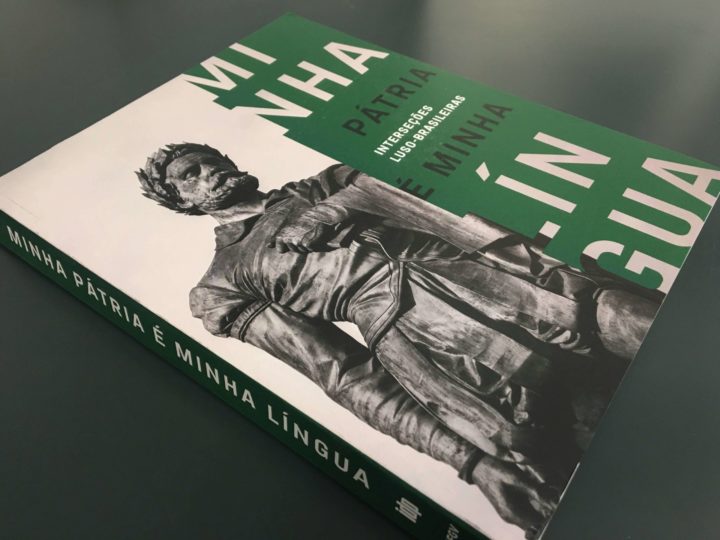
FACE-TO-FACE WITH IMAGES
22.10.17|28.01.18
DREIFLESSEN COLLECTION, Mettingen, Germany
The focus of the exhibition is on the moment in which art is perceived and on the relationship that can arise between a work of art and a person viewing it. How art is assessed depends, on the one hand, on the scholarly study of it and, on the other, on its recognition by public and private museums and collections. A work is classically examined with a view to the intention of the artist and contextualized through comparisons of iconography and style as well as questions regarding the history of its reception. Nonetheless, the observation of art involves not only critique of style, analysis of form and genre, aesthetic judgments, and mediation of meaning, but above all also individual experiences connected with the work of art. The delegating of the gaze and of the ear in the presentation of the beautiful, of suffering, of the reprehensible, or of horror – all experiences that may be perceived very differently by particular individuals – therefore always already refers to a specific form of historicity. Starting from the fact that art cannot arise on its own, the exhibition therefore pursues the idea that what takes place between viewer and work is part of the history of passions.
In this sense, the exhibition would like to steer attention to what the fleeting, elusive, individually or collectively experienced moment of contemplating art is able to bring about. How do experienced time and historical time behave with respect to one another? In what relationship do event-like quality and duration, awareness of tradition and critique of tradition stand to one another? How are social values and individual affectivity connected? And what strategies of staging are therefore employed in what way? An important prerequisite for the impact of art is, from the artistic side, the taking up and recycling of canonized texts, images, or also sequences of sounds – a creative process that presupposes a corresponding comprehension of the utilization of a motif on the part of the viewer. Moreover, the moment when one views art triggers (largely unconscious) emotions that permits insights into taboos or rituals and into the image and object cult of the past and present.
The exhibition is dedicated to a spectrum of themes that can be circumscribed with terms such as ‘absences’, ‘immaterial zones’, ‘physicality’, and ‘inside/outside’. Presenting works of art from different centuries thus suggests itself. The artists selected work with the method of quotation and montage, with historical figures, with fictional, in part autobiographically motivated narratives, with analogue and digital techniques, and with installation. The exhibition consequently does not address media- or genre-specific aspects, but rather questions which formal and material relationships develop what effects and what contents they bring along with them.
The exhibition presents artworks by Francis Bacon, Georg Baselitz, Rudolf Belling, Laurenz Berges, Giovanni del Biondo, Christian Borchert, Janet Cardiff, Nardo di Cione, Björn Dahlem, Marlene Dumas, Werner Fechner, Lucio Fontana, Vilhelm Hammershøi, Hannah Höch, Leonhard Kern, Yves Klein, Hans Leinberger, Herbert List, João Louro, Lorenzo Monaco, des Meisters von Osnabrück, Isaak van Nickelen, Sigmar Polke, Angelo Puccinelli de Lucca, Neo Rauch, Yael Reuveny, Gerhard Richter, Pietro Antonio Rotari, Thomas Ruff, Salomon van Ruysdael, Thomas Struth, Franz von Stuck, Wilhelm Trübner, James Turrell, and Clemens Walter.
A richly illustrated catalogue that is published in German, English and Dutch editions supplements the individual thematic areas and goes into them in more depth.



